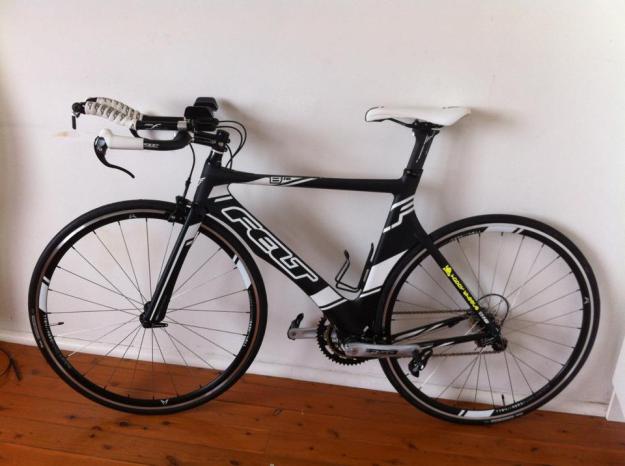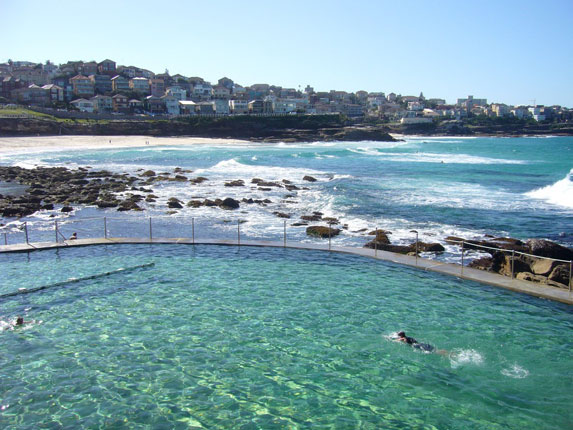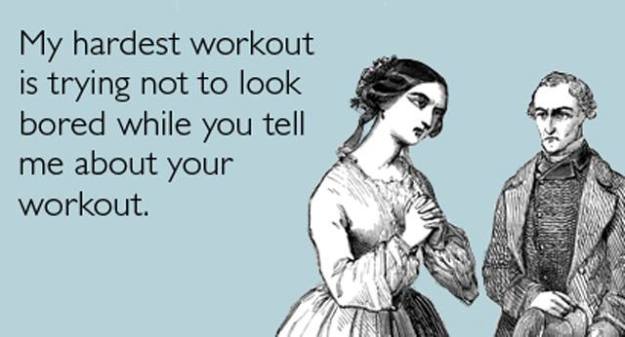Since starting triathlon, I have turned into somewhat of a tinkerer.
The first place it manifested itself was my bike. Anyone who has read my previous posts will know that as soon as I signed up for the Canberra Half Ironman I got myself a shiny new bike.
What they won’t know is that I went in intending to get a service for my OLD bike, decided that would cost so much I might as well just get a new one, and ended up making a total impulse buy on the spot. Awesome.
Cue 6 months of stressing that I had bought the wrong size bike for me, with constant readjustments of seat height, stem length, cleats and aerobars.
This was coupled with a misplaced sense of pride that given I had got myself into this mess, I would be the one to sort it out. No going back into the bike shop for me.
So basically every time I hit the road I would end up running through this mental torture about if I would be able to squeeze out another 1% in performance for a 1mm shift of some as of yet undetermined piece of kit. Or even worse, if it was all in vain because my bike was designed for a bigger Ross.
Eventually I bit the bullet and went in to a bike store to get their opinion. Basically, the gist of it was this – you are an idiot, your bike is fine.
Touché.
And they were right. Since then the love hate relationship between my bike and has been consigned to the past (I hope).
Well now it’s hit a bit closer to home. It’s no longer the equipment that’s the issue, it’s me.
This year, due to my horrific inflexibility and desire to remain injury free during my training, the tinkerer in me decided to make touching my toes one of my New Year’s resolutions.
For whatever reason this goal has been on the back burner from January to August, but a couple of weeks ago I decided to get stuck in.
No sooner had I started then, after years of care free running, all of a sudden, on a longer run last weekend, my knee decided to rebel and cause me all sorts of grief.
Cue lots of further stretching, foam rollers and lots of rest, but to no avail.
Learning a lesson from the bike scenario I decided to go get myself looked at. Luckily when you do triathlon one of the bonuses is friends who are physios (Thanks Edel!). The final outcome is yet to be determined, but after being put through my paces it looks like the ITB, or Iliotibial Band, is the likely culprit.
To get me back up and running Edel ended up giving me my first ever acupuncture session, some homework to do in terms of ‘glute activation’ and sent me on my way. Hopefully it does the job.
So, in spite of the fact I started stretching in a bid to avoid injury, keeping myself injury free now feels a bit like tuning a piano – I have absolutely no idea how to do it, and I just wish I could put it back to what it was like before.
So be careful what you tinker with!
Ross
Highlight of the week: Feeling good on both the bike and the swim. Did a 2km swim of my own accord for the first time in absolutely ages, and had a good hit out on the bike on Tuesday morning before work.
Lowlight of the week: While it was a relief to find out what was causing the pain when I run, and getting a plan to sort myself out, it does mean I am going to have to give this year’s City to Surf a swerve.

























